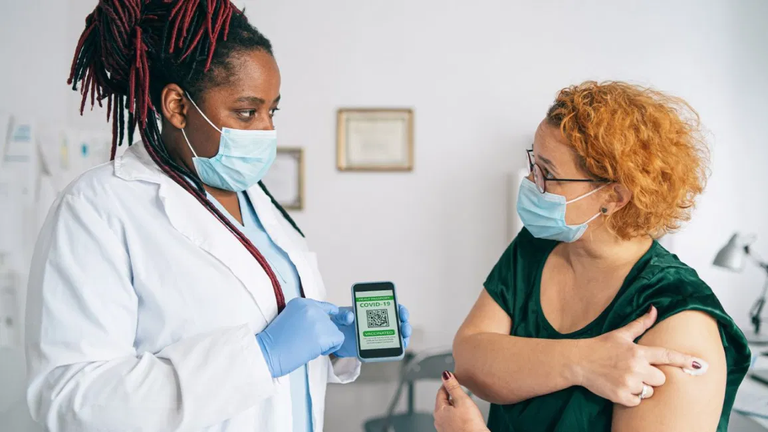
Virtually every journal article I've read has come to a conclusion that could be summarized with something along the lines of this: "There is an increase of myocarditis risk with vaccination, but this risk is generally lower relative to the increased risk of myocarditis following a COVID-19 infection in an unvaccinated individual."
This leads me to two points:
Essentially, yes, it is higher than what the baseline would otherwise be assuming COVID-19 didn't exist, but we no longer live in the world where it doesn't exist. Thus, the important comparator is not pre-2020 myocarditis rates, but those relative to the risk of myocarditis assuming exposure to COVID-19 with or without a vaccine. Here, it seems very clear that vaccination not only provides protection against the virus itself, but also decreases myocarditis risk if infected with the virus.
These rates of occurrence are astonishingly low - much lower than what you have previously argued were low levels of danger from the virus itself during the height of the pandemic. The difference in numbers for excess risk are at either single digit or low double digit rates per million individuals vaccinated (remember, this is above the non-COVID world baseline, and compared to a COVID infection, they actually present a decrease in myocarditis risks). While these can be quantified to a level of statistical significance, it becomes a question of valuing tradeoffs of two things with varying risk profiles. I'm not saying this to minimize or hand-wave anything away, I'm just making this point to note that even if my point above (point #1) did not hold true, that the rate differential itself may still make it a worthy policy choice, and that these kind of risk tradeoff valuations happen every day.
Just to make it clear when they have that portion of that paragraph where they say "other than mRNA-1273" (aka, the Moderna vaccine), the excess rates for all vaccine sequences are as follows:
"After the first dose of the ChAdOx1 and BNT162b2 vaccines, an additional 2 (95% CI, 1–3) and 2 (95% CI, 1–3) myocarditis events per million people vaccinated would be anticipated, respectively. After the second dose of BNT162b2 and mRNA-1273, an additional 2 (95% CI, 2–3) and 34 (95% CI, 32–35) myocarditis events per million people would be anticipated, respectively. After a booster dose of BNT162b2 and mRNA-1273, an additional 2 (95% CI, 1–3) and 1 (95% CI, 0–2) myocarditis events per million people would be anticipated, respectively. These estimates compare with an additional 35 (95% CI, 34–36) and 23 (95% CI, 21–24) myocarditis events per million people in the 1 to 28 days after a SARS-CoV-2–positive test before vaccination and in vaccinated individuals, respectively."
— https://www.ahajournals.org/doi/full/10.1161/CIRCULATIONAHA.122.059970
As stated above, the worst performing vaccine in terms of myocarditis risk presents virtually the same myocarditis risk of COVID-19 itself (the vaccine still has a slightly lower risk at 34 per million compared to 35 per million), but would obviously still provide the protection against the virus itself. Let alone the incredibly low rates of occurrence for both, but that was addressed already...
Thus, if the counterfactual is to assume one elects not to receive the vaccine, then the only way to make the point of "lower rates of myocarditis" hold true, is then to assume that the individual never contracts COVID-19, which is pretty much guaranteed to be a nearly impossible course of action as we move further into the future.